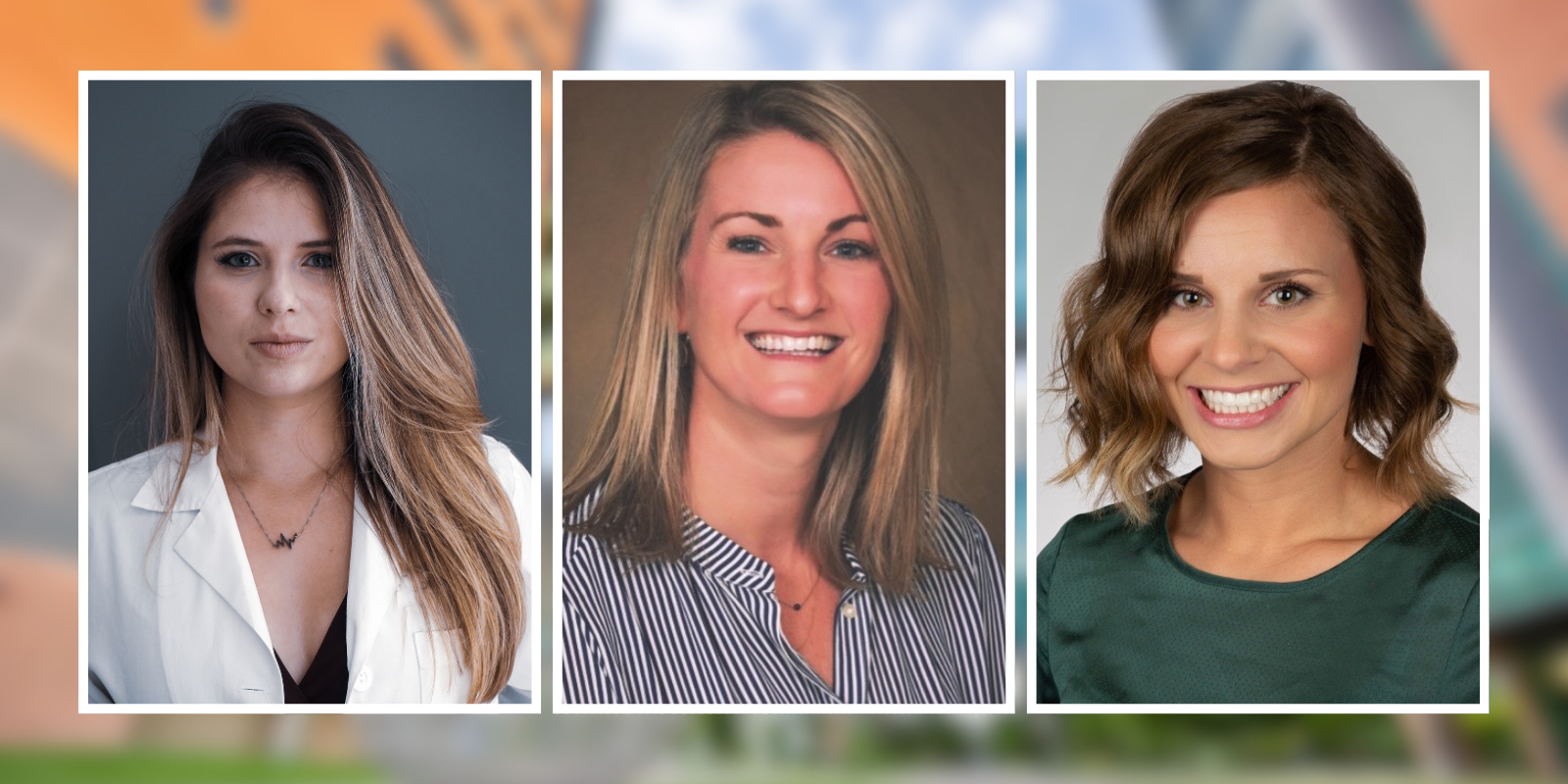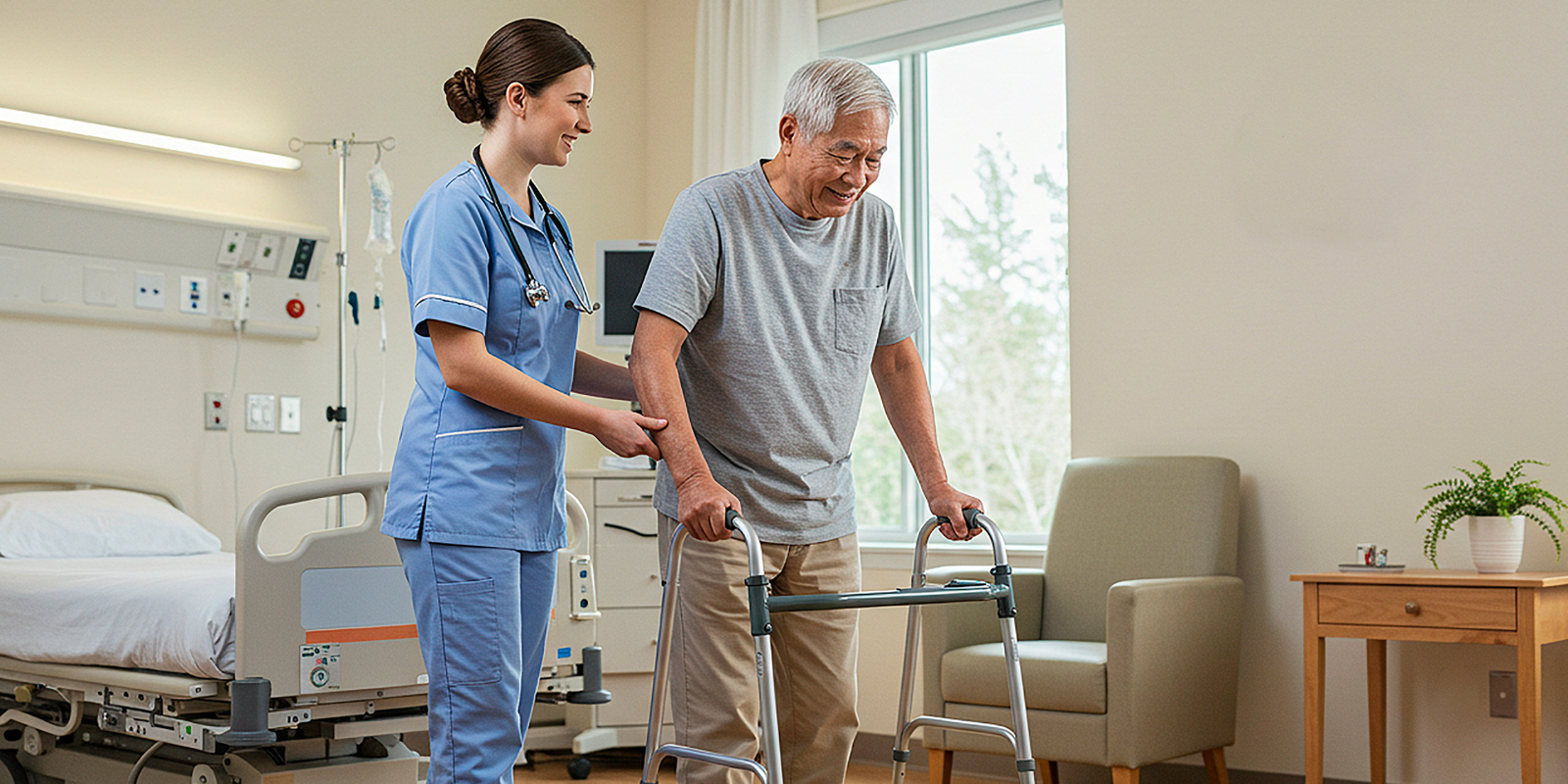Mark Musil suspected something might be wrong when he felt a “twang” in his chest one night while lifting weights. He had always been healthy; he exercised, ate well, and walked a lot, so he dismissed it as a pulled muscle.
Three days later, he awoke in the middle of the night with an intense pressure in his chest, “like somebody was standing on top of me,” says the 61-year-old. A trip to the ER in his hometown of Castle Rock, Colorado, resulted in a diagnosis of a minor blockage in his arteries. He was given a prescription for a new medication and sent home. He and his family thought the worst was behind them.
 Musil is an avid hunter and fisherman.
Musil is an avid hunter and fisherman.
The next day, Musil began passing out repeatedly. His family knew then that he was seriously ill.
“We took him back to the ER and got him checked in, and once we got him into a room, he passed out four times,” says Mark’s wife, Gabrielle. “We thought he was just passing out, but each time he passed out, his heart was actually stopping. So they brought us into a different room and hooked him up to a defibrillator. Every time his heart stopped, it would put it back into rhythm.”
ECMO to the rescue
Doctors in Castle Rock installed a pacemaker — a small, implanted medical device that helps regulate the heart’s rhythm by sending electrical impulses to the heart muscle — but it wasn’t enough to correct the problem. Musil was soon transferred to UCHealth University of Colorado Hospital, where Muhammad Aftab, MD, associate professor of cardiothoracic surgery in the CU Department of Surgery, hooked him up to a extracorporeal membrane oxygenation (ECMO) machine, which keeps blood pumping and oxygenated when the heart and/or lungs are unable to function adequately.
Michael Cain, MD, assistant professor of cardiothoracic surgery and one of the surgeons who treated Musil, explains that Musil was having episodes of ventricular tachycardia, or what surgeons call “electrical storm,” a medical emergency involving repeated episodes of abnormal heart rhythm.
 Musil with his dog.
Musil with his dog.
“He kept having electrical activity of his ventricles in a way that they weren't squeezing in a perfusing rhythm,” Cain says. “He was in this really fast rhythm that doesn't eject blood effectively out of his heart, so he wasn't circulating enough blood volume to perfuse his other organs. He was put on ECMO because it circulates blood for people whose hearts aren't squeezing enough to perfuse all their organs. It often doesn’t fix the problem, but it supports someone until a diagnosis and treatment can be provided. It gives people time.”
Musil was eventually diagnosed with cardiac sarcoidosis, an inflammatory condition that creates scars in the heart tissue and can cause these abnormal heart rhythms. He remained on ECMO for six days, and it became clear to doctors that the damage done to Musil's heart was too extensive for recovery.
On November 6, 2024, Cain performed a life-saving heart transplant.
“During one of my follow-up appointments, Dr. Raymer (David Raymer, MD, assistant professor of cardiology) told me, ‘My colleagues and I have a term that people really don't understand — it's, “You were as sick as you possibly could have been,”’” Musil remembers. “He said, ‘Mark, you were as sick as you possibly could have been.’ It took me a while to understand. I woke up, and my wife told me I had a heart transplant? That never even remotely crossed my mind as something I would ever need.”
Recovery continues
Musil returned home nine days after his surgery, with Gabrielle by his side — just as she had been throughout his health crisis.
“She was a great support,” Cain says. “He was very sick and pretty well-sedated, but she was a really good advocate for him and supported him through his recovery. That's a big part of what helps people do well after transplants, is if you have a support system and family that can help you manage the recovery afterward. We encourage people to rally their troops to help them through the recovery. It really does make a big difference.”
Musil, an avid hunter and fisherman, hasn’t been able to return to those pursuits yet; nor has he been able to return to his job as a construction superintendent. But he hopes to get back to both soon as his recovery continues.
 Musil and his family.
Musil and his family.
“I'm still weaker than I was, but I'm making progress every day,” he says. “People don't realize how much muscle mass you lose after something like that. When I got home, my exercise routine would be to go up the stairs to our bedroom, and then back down, and that was an event at the time. I had my two sons with me, one in front and one in back, as I pulled myself up and lowered myself down on the rails. Four or five days later, I could do it by myself.”
Musil is in a cardiac rehab program and goes in for regular checkups with the CU cardiology team, but so far, his recovery is going well as he adjusts to his new heart.
“Everyone is thrilled and impressed and happy with the progress that I'm making,” he says. “I feel fantastic, and I have no pain. I still get a little tired after exercising, but I've walked as far as four miles without stopping.”
Talented team
Cain says Musil, like many patients who are treated by CU Department of Surgery providers, benefited from the experience of the team that took care of him and their ability to implement advanced treatments early and get him to transplant quickly.
“Between his treatment and his recovery, there were dozens and dozens of people who cared for him,” Cain says. “When somebody is this sick, and they need multiple types of mechanical support before they can ultimately get a transplant, there is no way to do that without a big team that works seamlessly together to get them to the next therapy. Mark is a good example of how, when that team works effectively together, you can have a good outcome.”



.png)

